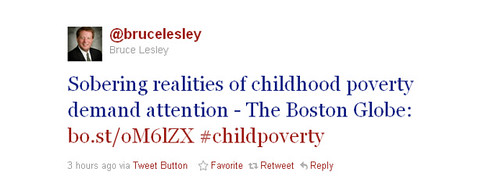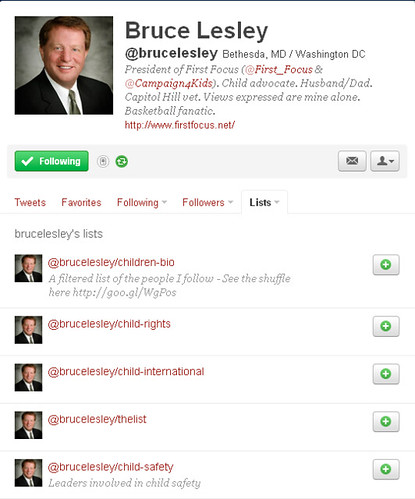
Content curation is the organizing, filtering and “making sense of” information on the web and sharing the very best pieces of content that you’ve cherry picked with your network. But finding and organizing the information is only half of the task. As Mari Smith points out in this video about why curation is important and some tools for doing it. By sharing the information and giving credit to the source where you found the link, you build relationships and a network. I used to describe this process as “Listening and Engaging” but really like focusing it the process around a content strategy – makes listening and engaging much more actionable.
Last week, I helped launch a peer exchange for Packard Foundation for Children’s Health Insurance grantees with Spitfire Communications (creators of the SMART chart). The focus is how to use effectively integrate social media, measure, and learn from it. (It’s the topic of my next book that I’m co-writing with KD Paine). As my focus is on peer-driven learning, we included two peer organizations working on this issue at the national level who have vast experience using social media as part of an integrated campaign: Kristin Rowe-Finkbeiner co-founder of Momsrising and Bruce Lesley, President, of First Focus. (I learned so much that I enough material for whole chapter in the book and ten blog posts … so I’m starting with this one.)
Bruce Lesley is one of a growing number of nonprofit executive directors and senior leaders that use Twitter. And, he isn’t tweeting about what he ate for breakfast or one of his personal passions, basketball. He uses Twitter to curate information related to his organization’s mission and work as a bipartisan advocacy organization dedicated to making children and families a priority in federal policy and budget decisions. He also uses content curation for sources for his guest blogging. His use of Twitter (and his organization’s use of Twitter and all communications channels for that matter) serve this intent:
First Focus is working to change the dialogue around children’s issues by taking a cross-cutting and broad based approach to federal policy making. In all of our work, we seek to raise awareness regarding public policies impacting children and ensure that related programs have the resources necessary to help them grow up in a healthy and nurturing environment.
If you take a look at Bruce Lesley’s Twitter stream, you will see that he is curating information on public policies impacting children. Bruce does his own curating, using Google Reader and FlipBoard. Any individual or nonprofit organization can curate information using these tools. They can make it strategic by linking the information to their mission. But what is the secret sauce to doing it well?
What do the experts say? I found this video interview of Robert Scoble with Howard Rheingold about Scoble’s curation techniques and tools. Scoble is known for his ability to follow and make sense of hundreds and thousands if not hundreds of thousands of people through social media channels. And while most people who work in nonprofits don’t have a compelling reason to do curating at the same level that Scoble does, there were a couple of gems in what he said. It comes down to organizing your sources, knowing them as trust worthy, and seeing patterns.

If you take a peek at Bruce Lesley’s Twitter lists, you’ll see how he has identified and organized different sources by topic. This makes it easy to fine-tune the Twitter stream and find patterns. By acknowledging sources and engaging in brief dialogue, he is also building a network around this topics on Twitter.
Bruce notes, “There is an initial investment but I was surfing on the web for information anyway and found Twitter to be an efficient way to find people and thus do less web surfing.” Bruce says he made a few mistakes, like anyone learning a new tool or technique. ” I followed some of the wrong people. I am interested in child health policy, obviously, but searched for “children’s health” and thus followed children’s hospitals across the country. They are not engaged in public policy so then I unfollowed them because it didn’t meet my goals.”
I mentioned the above video on Google + deep in a thread of a resource that Scoble originally shared. The ever helpful Mari Smith shared this post analyzing the video and pointing to the best Scoble quote:
“If you want more followers, you have to follow better people. Because your inbound will inform your outbound. If your inbound is crappy and jumbled, and you don’t understand what you’re reading and who’s writing it.. then you’re not going to be a very good person on pushing stuff outbound… and therefore you wont gather an audience that’s interesting to you, because you won’t be informing them very well. I look at it as a funnel: who do I put in my funnel? People I trust.”
Mari Smith goes on to talk about her approach to building networks through curation and building relationships across networks. Also, that anyone can curate information and share – either through multiple channels or a single channel. Her advice is to focus on quality, not quantity – and that being consistent is the most important quality.
If this isn’t too meta, here’s my curated content on content curation for nonprofits.
Is your nonprofit using curation as a content strategy? How? What tools do you use? What are your best tips and practices?
